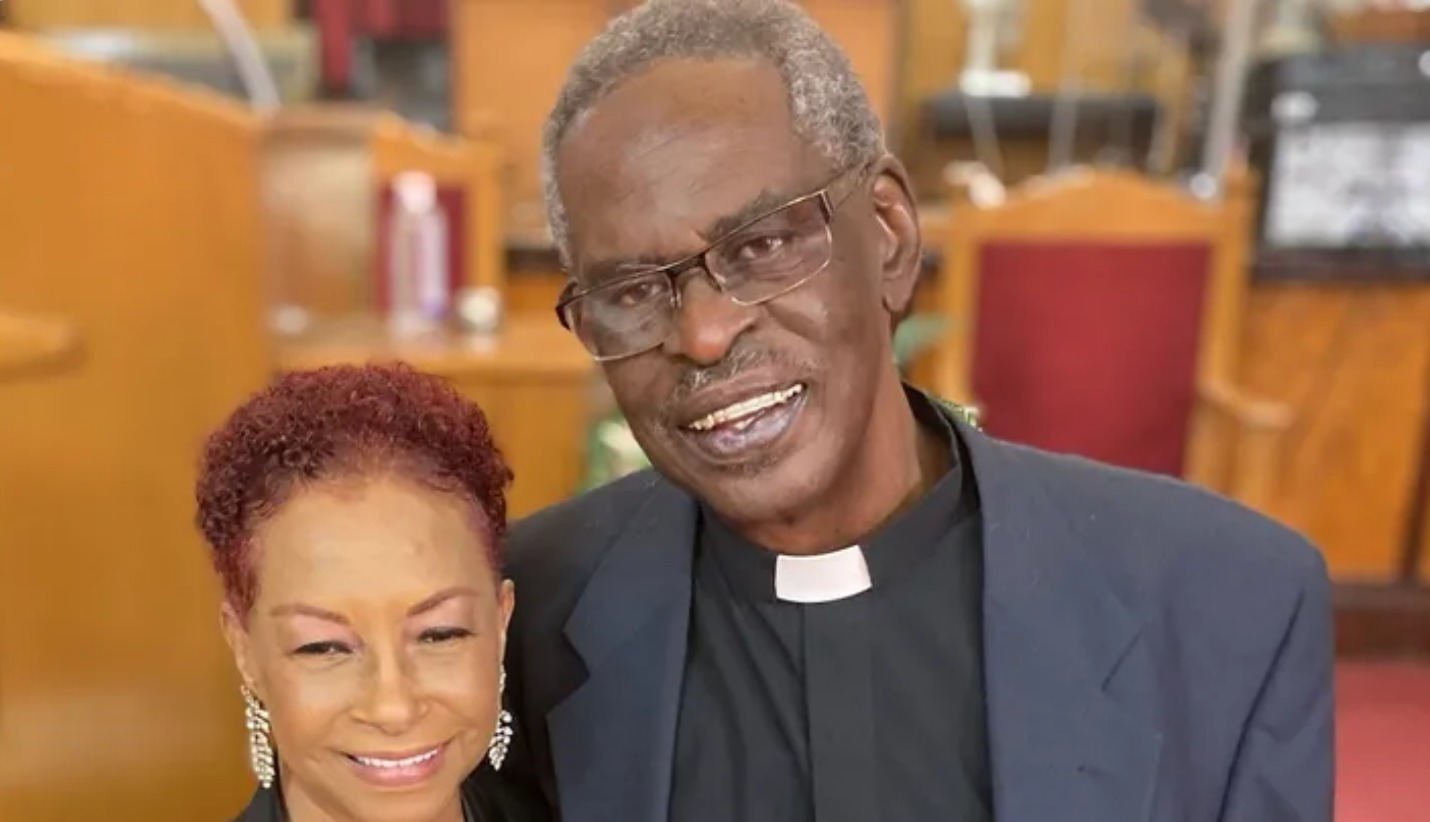The 25th Amendment to the United States Constitution is a crucial piece of legislation that outlines the procedures for presidential succession and disability. Ratified on February 10, 1967, the amendment was a response to the assassination of President John F. Kennedy and the subsequent concerns about the continuity of government.
History of the 25th Amendment
The need for a clear line of succession and a process for dealing with presidential disability has been recognized since the founding of the United States. However, it was not until the 1960s that the issue gained significant attention. The assassination of President Kennedy in 1963 and the subsequent swearing-in of Vice President Lyndon B. Johnson highlighted the potential for confusion and chaos in the event of a sudden change in leadership.
In response to these concerns, Congress passed the 25th Amendment in 1965, and it was ratified by the states in 1967. The amendment sought to clarify the procedures for presidential succession and disability, ensuring a smooth transition of power and providing a means for addressing situations in which a president is unable to fulfill their duties.
Sections of the 25th Amendment
The 25th Amendment is divided into four sections, each addressing a different aspect of presidential succession and disability.
Section 1: Presidential Succession
Section 1 of the 25th Amendment states that if the president is removed from office, dies, or resigns, the vice president will become the president. This section formalizes the long-standing tradition of the vice president assuming the presidency in the event of a vacancy, which had been followed since the death of President William Henry Harrison in 1841.
Section 2: Vice Presidential Vacancy
Section 2 of the 25th Amendment addresses the issue of a vacancy in the vice presidency. It states that if the vice presidency becomes vacant, the president will nominate a new vice president, who must then be confirmed by a majority vote in both the House of Representatives and the Senate. This provision was first used in 1973 when President Richard Nixon nominated Gerald Ford to replace Spiro Agnew, who had resigned as vice president.
Section 3: Presidential Disability
Section 3 of the 25th Amendment outlines the process for a president to declare themselves unable to fulfill their duties due to a temporary disability. In this case, the president must submit a written declaration to the President pro tempore of the Senate and the Speaker of the House of Representatives. Once this declaration is received, the vice president assumes the role of acting president until the president submits another written declaration stating that they are able to resume their duties.
This section has been invoked three times in history, all for brief periods when the president underwent medical procedures that required anesthesia. In each case, the vice president served as acting president for a few hours before the president resumed their duties.
Section 4: Involuntary Presidential Disability
Section 4 of the 25th Amendment addresses the situation in which a president is unable to fulfill their duties but has not declared themselves disabled. In this case, the vice president and a majority of the principal officers of the executive departments (typically the president’s cabinet) can submit a written declaration to the President pro tempore of the Senate and the Speaker of the House of Representatives, stating that the president is unable to discharge their duties. The vice president then becomes acting president.
If the president disputes this declaration, Congress resolves the issue is. A two-thirds vote in both the House and the Senate is required to uphold the declaration of disability and keep the vice president as acting president. If the vote falls short, the president resumes their duties.
This section has never been invoked in United States history.
Implications of the 25th Amendment
The 25th Amendment has played a crucial role in ensuring the continuity of government and providing a clear process for dealing with presidential succession and disability. It has been used several times to fill vacancies in the vice presidency and to temporarily transfer power during presidential medical procedures.
However, the amendment has also been the subject of debate and speculation, particularly in situations where a president’s ability to fulfill their duties has been called into question. The use of Section 4, which allows for the involuntary removal of a president due to disability, remains a controversial and untested aspect of the amendment.
Works Cited
1. “25th Amendment.” National Constitution Center, https://constitutioncenter.org/interactive-constitution/amendment/amendment-xxv. Accessed 10 Oct. 2021.
2. “The 25th Amendment: Presidential Succession and Inability.” The U.S. National Archives and Records Administration, https://www.archives.gov/publications/prologue/1999/fall/25th-amendment.html. Accessed 10 Oct. 2021.
3. “The 25th Amendment: A Brief History.” The White House Historical Association, https://www.whitehousehistory.org/the-25th-amendment-a-brief-history. Accessed 10 Oct. 2021.




























![[Video] More – Aghogho » GospelHotspot](https://gospelhotspot.net/wp-content/uploads/2024/04/More-Aghogho.jpeg)
















